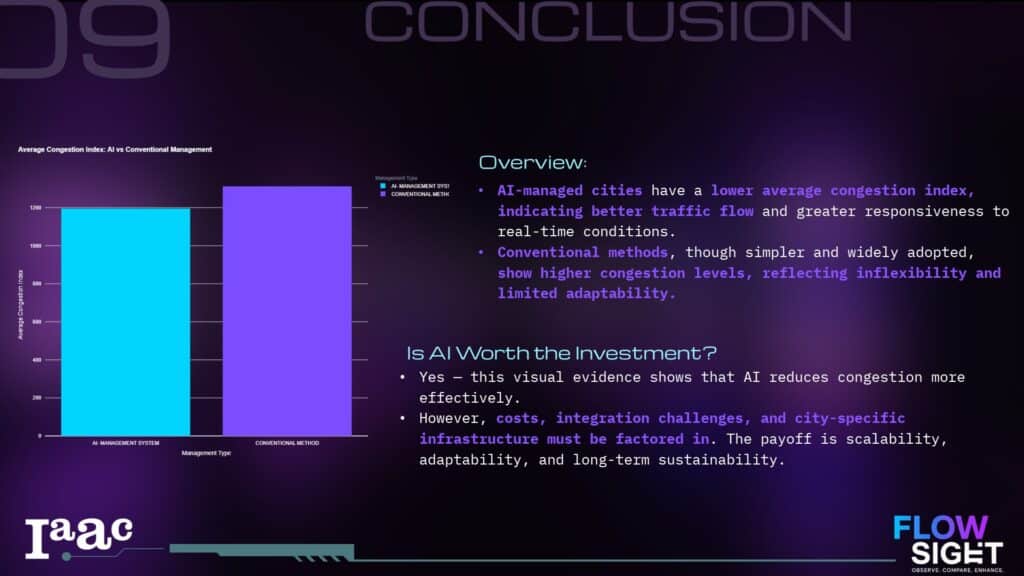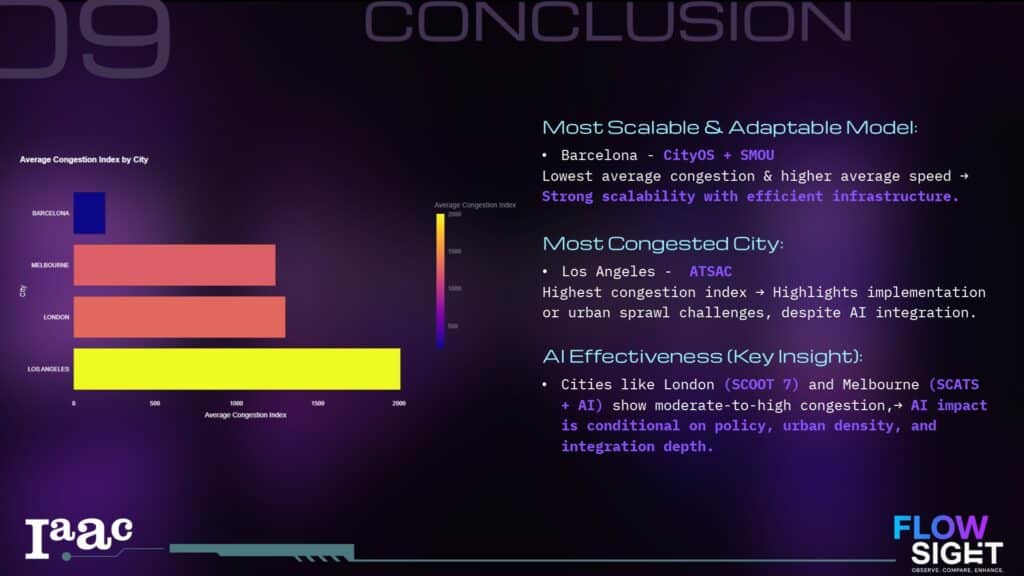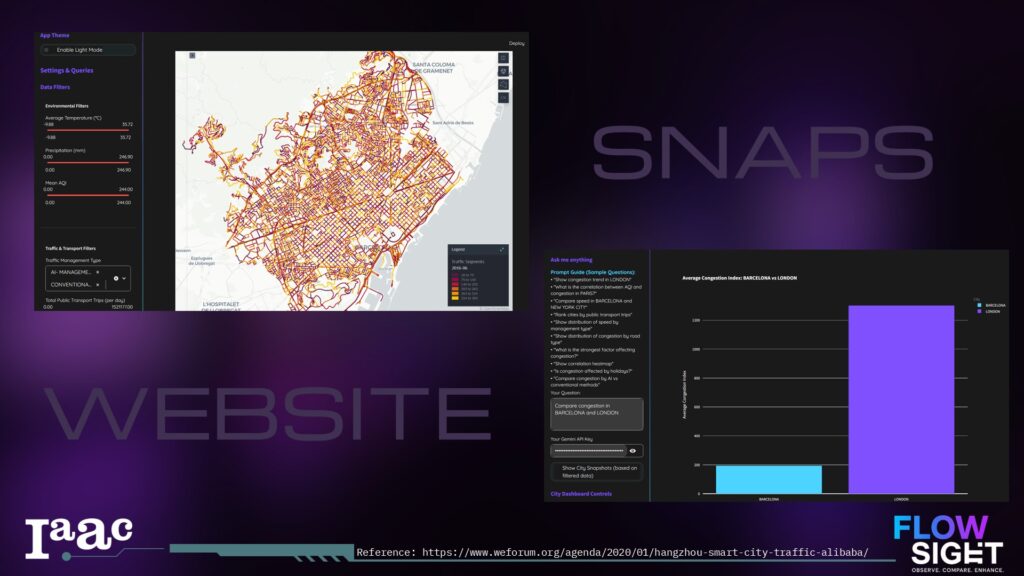Introduction
Urban traffic congestion is more than just an inconvenience—it’s a global challenge tied to pollution, stress, and wasted time. While cities are turning to AI-driven systems to ease the gridlock, the question remains: Do these technologies actually perform better than traditional methods?
Flow – SIGHT is a comparative research project that investigates traffic systems across eight major cities—some powered by AI, others by conventional fixed-timing methods—to determine which approach is most effective and under what conditions.
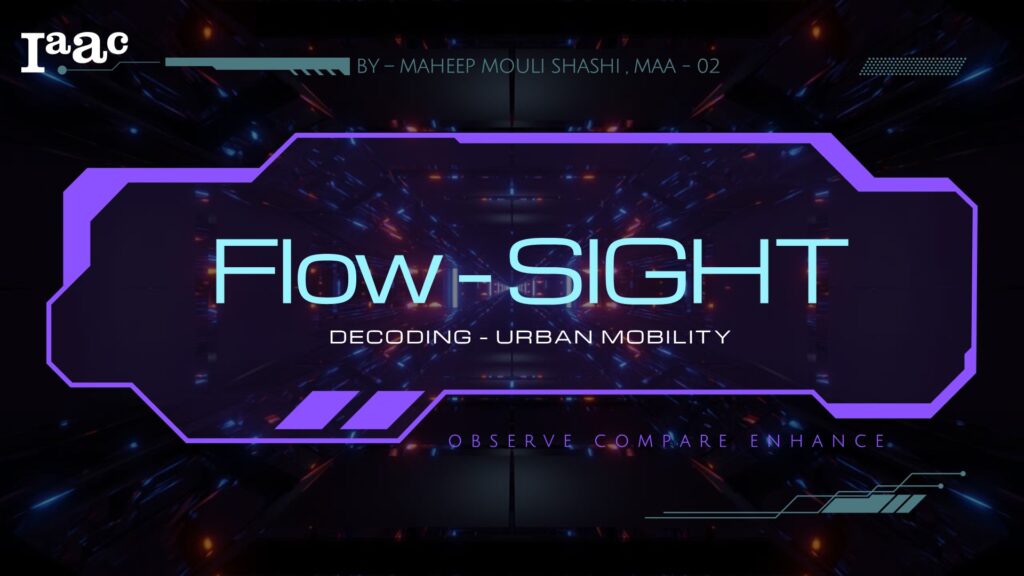
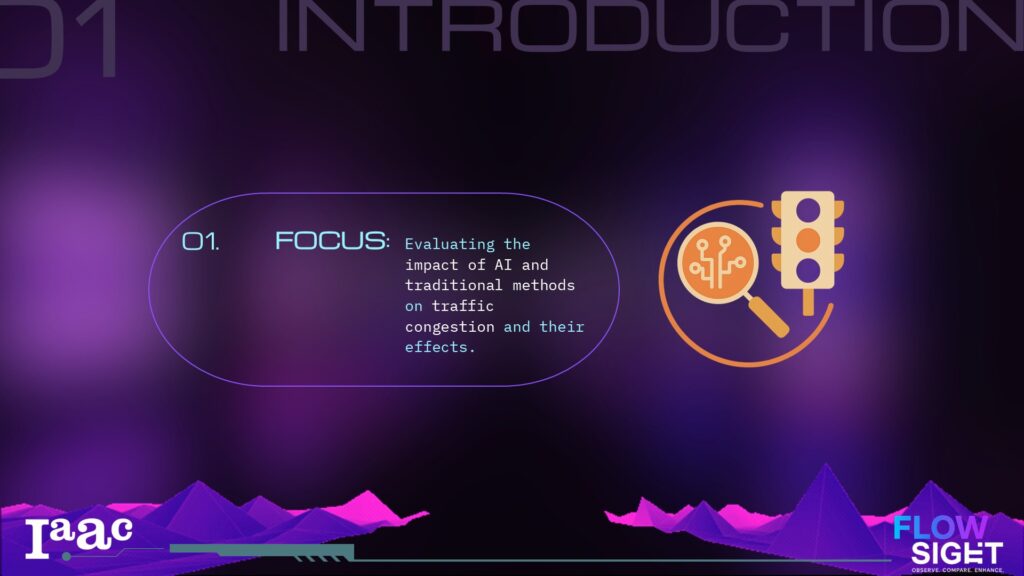


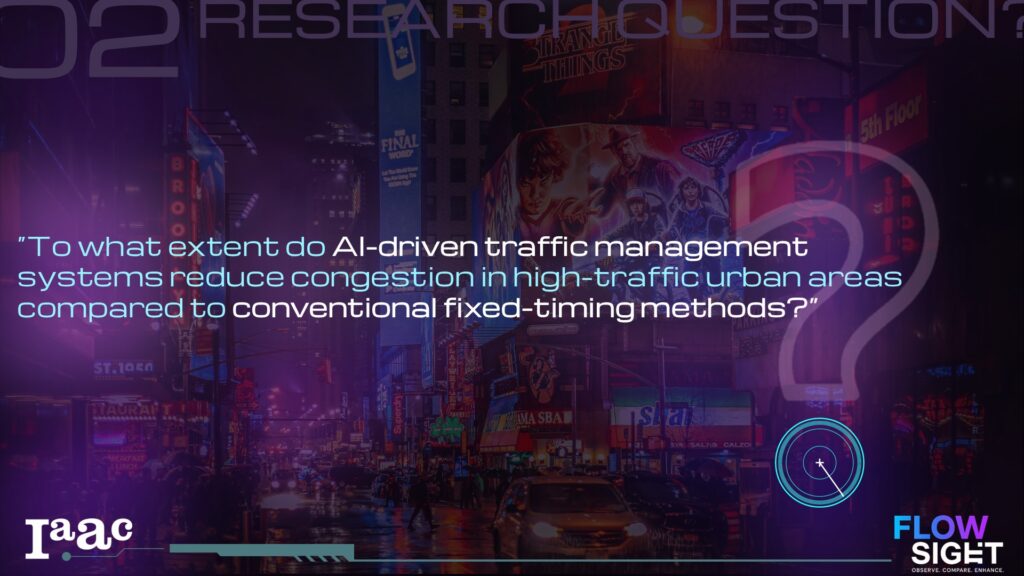

Process:
The project began with collecting multi-source data from 8 global cities, including traffic volume, speed, AQI, weather, public transport usage, and population density. To fairly compare cities with very different urban layouts and climates, I created a Custom Congestion Index (CCI)—a composite metric that standardizes congestion levels using statistical normalization.
Next, I integrated this data into a predictive framework, using regression models to isolate the effect of AI systems from other influencing factors like urban density or rainfall. The insights were visualized through an interactive Streamlit dashboard and paired with a Gemini-powered traffic assistant that lets users ask complex traffic questions in natural language.


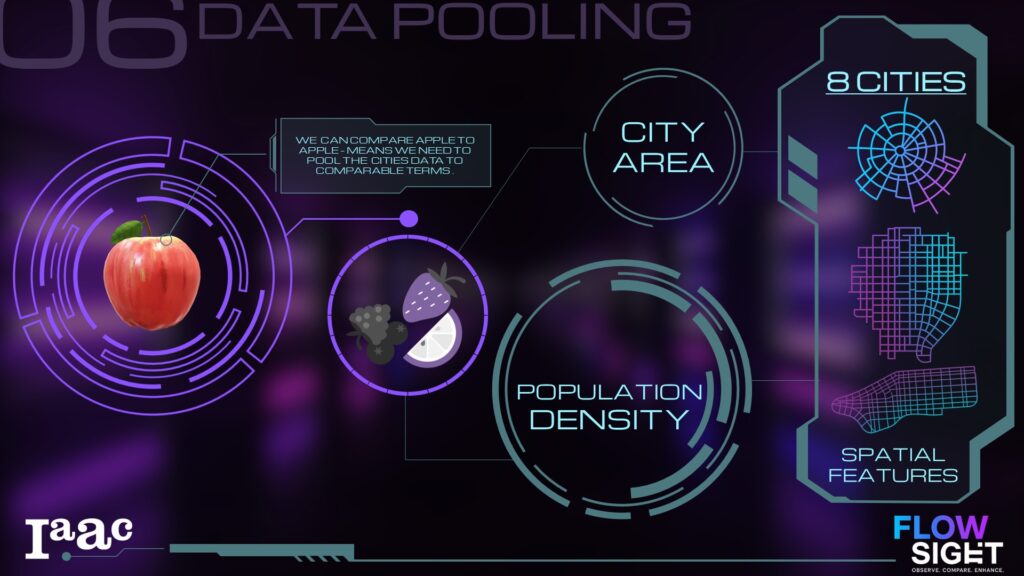
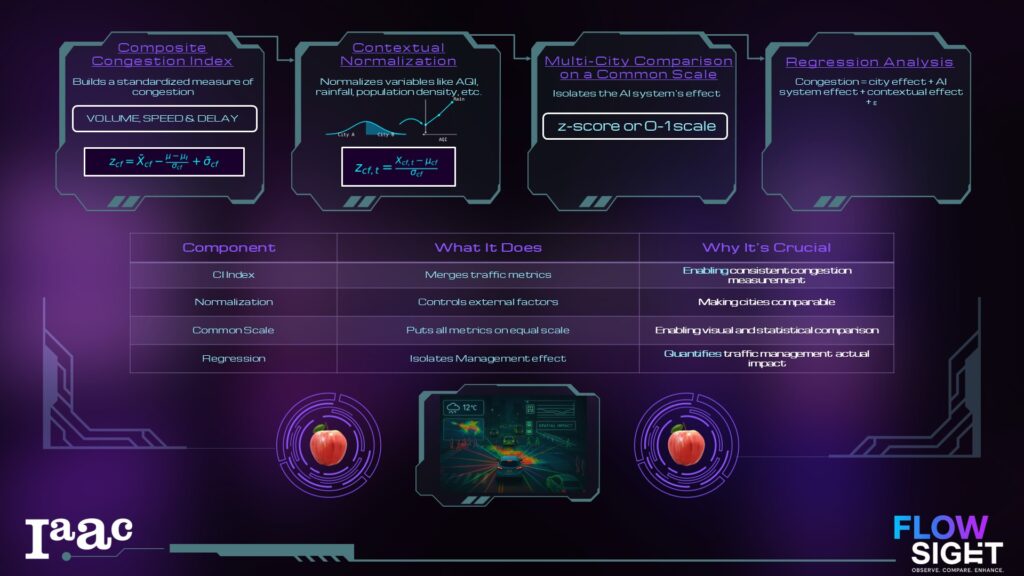
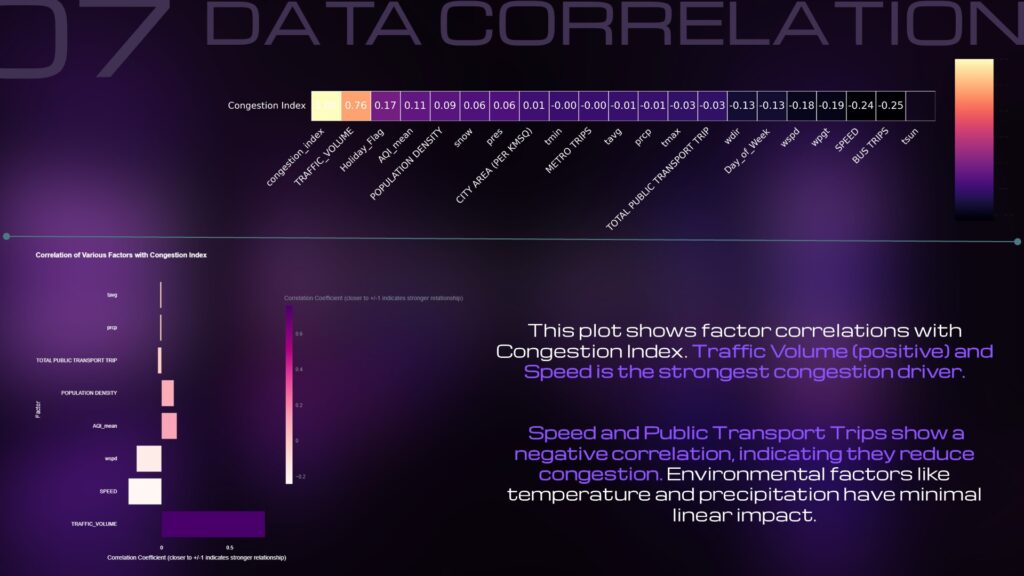
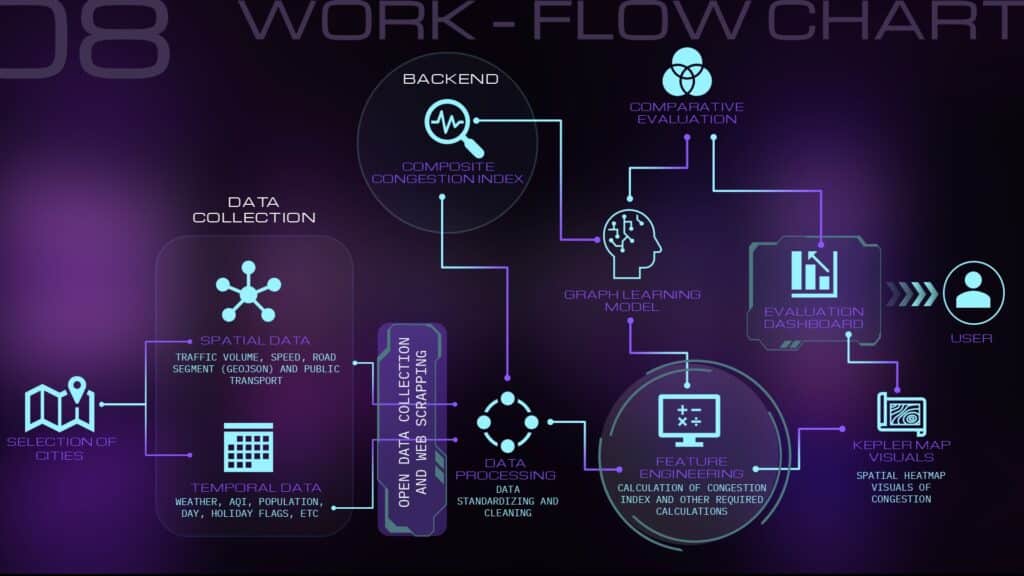
The results were clear: AI-managed cities consistently performed better in reducing congestion, but not always. Factors like urban sprawl, infrastructure, and public transport integration also played major roles. City like Barcelona outperformed expectations, while Los Angeles experienced high congestion despite the use of AI.
